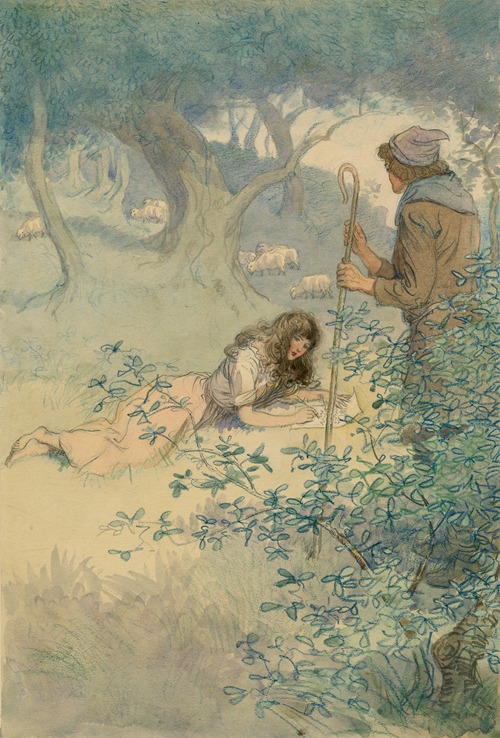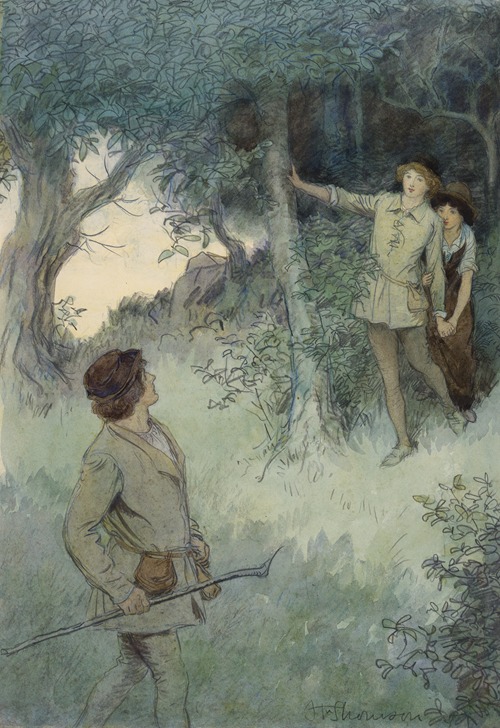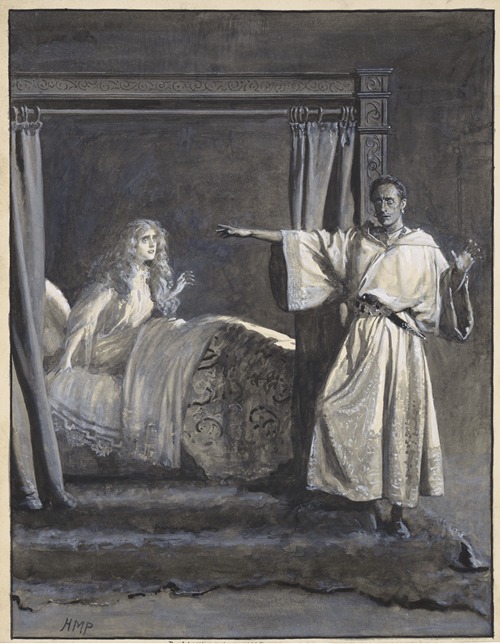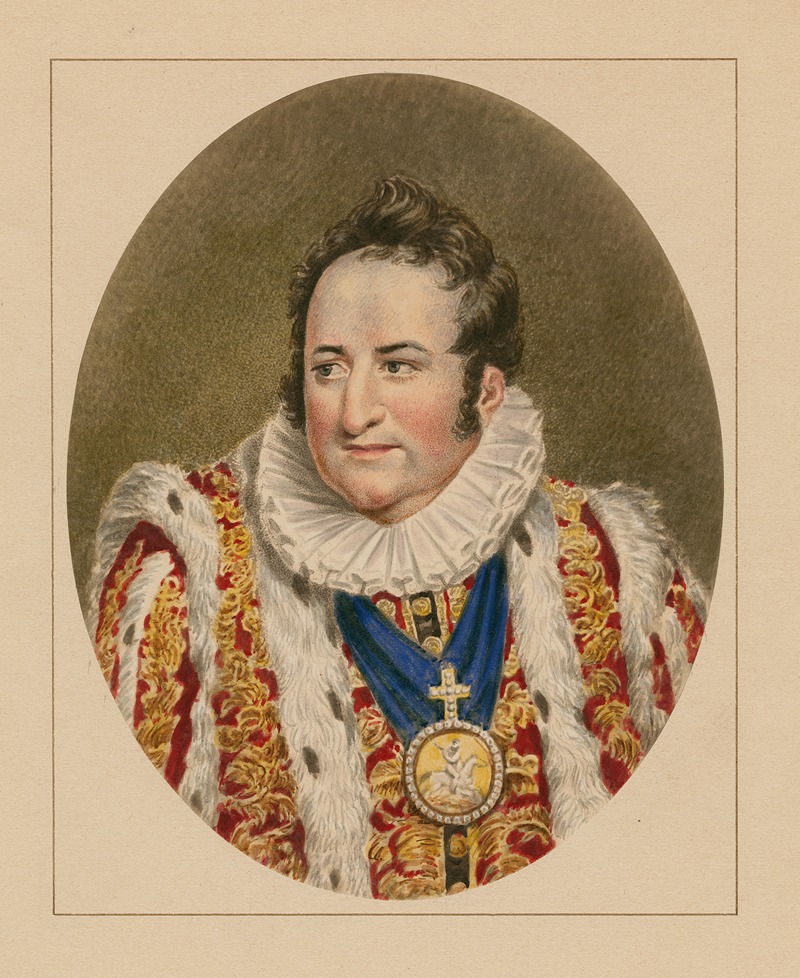
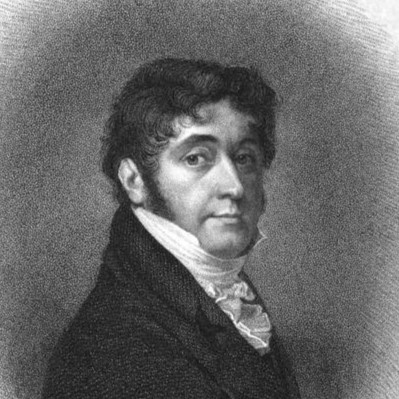
John Thomas Barber Beaumont was a British army officer, painter, author, and philanthropist. He was successful in the insurance business, and projected a settlement in South America.
Born John Thomas Barber on 21 December 1774 in the parish of St Marylebone, London, he assumed in 1812, for unknown reasons, the additional name of Beaumont (which was retained by his descendants) and was often known as "Barber Beaumont".
An accomplished painter, Barber Beaumont focused on history painting and miniature painting. He had his works displayed at the Royal Academy of Arts in London and was appointed miniature painter to the Duke of Clarence, the future king William IV of Great Britain. His pupils included Henry Thomas Alken.
In 1803, when Napoleon threatened to invade England, Beaumont raised a rifle corps named The Duke of Cumberland's Sharp Shooters. His troops were reported to be such accurate shots that on one occasion he held a target in Hyde Park, London while the corps fired at it from a distance of 150 yards. In 1835 the corps changed its name to Royal Victoria Rifle Club and then later became Queen Victoria's Rifles.
Beaumont established in 1806 the Provident Institution and Savings Bank in Covent Garden. In 1807 he founded the County Fire Office and the Provident Life insurance office. In 1816–8 he took on Thomas Bignold of Norwich Union in a costly publicity war. Beaumont was a supporter of Caroline of Brunswick in her long-running dispute with George IV, and had the County Fire office in Regent Street decorated with lamps to celebrate her tactical victory over the royal divorce bill in 1820. He resisted a fraudulent claim made on the fire company in 1823 by Thomas Thurtell, and ultimately secured the committal of Thurtell and associates to Newgate Prison. John Thurtell, the brother of Thomas, took up the quarrel, and made an attempt to murder Beaumont, which failed. Beaumont also took an active part in the exposure of a fraudulent insurance office, the West Middlesex, writing a letter to The Times about it in 1839.
Beaumont, an investor in South America and supporter of its independence from colonial rule, knew Bernardino Rivadavia, during his stay in London, and set up the Rio de La Plata Agricultural Association, with shares held also by Rudolph Ackermann. In 1825 British emigrants sailed to what is now Argentina, settling at Entre Ríos and San Pedro. The Cisplatine War, between the United Provinces of the Río de la Plata and the Empire of Brazil, intervened to make further settlement and even communication difficult. The troubled affairs of the intended colony were described in an 1828 book Travels in Buenos Ayres written by John Augustus Barber Beaumont, son of Barber Beaumont, who had tried to help the remaining colonists.
In 1825 Beaumont fought against the Board of Stamps, which charged his company with defrauding the Inland Revenue, and came off victorious. In 1835 he founded the Provident Institution or Bank for Savings in London's Covent Garden district.
Beaumont was a Fellow of the Society of Antiquaries of London, and of the Geological Society. He died on 15 May 1841 at his residence in Regent Street.

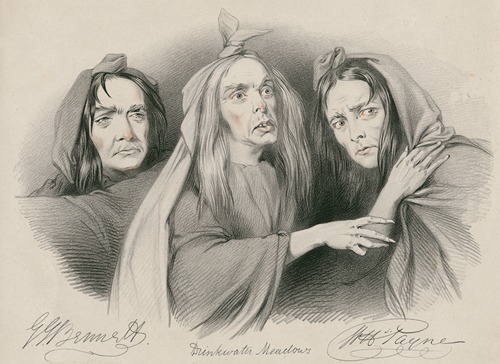
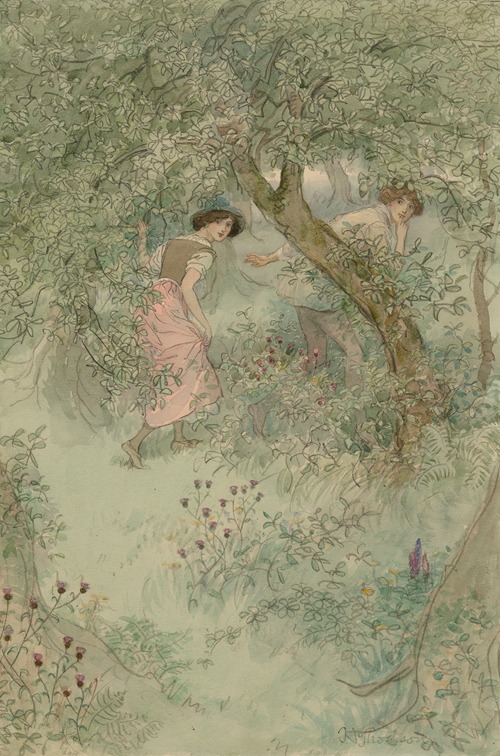


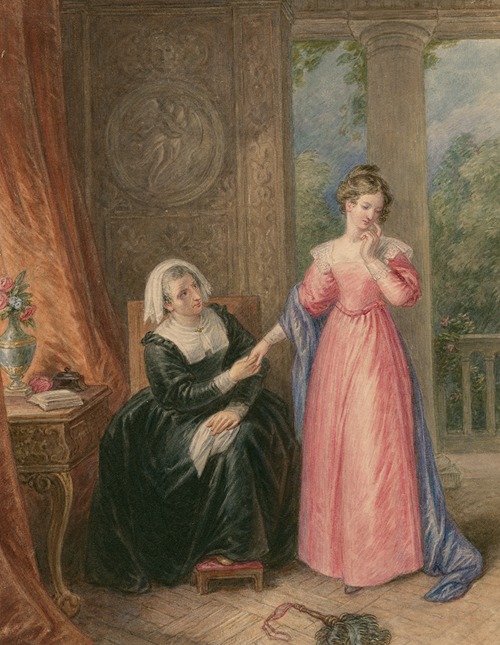

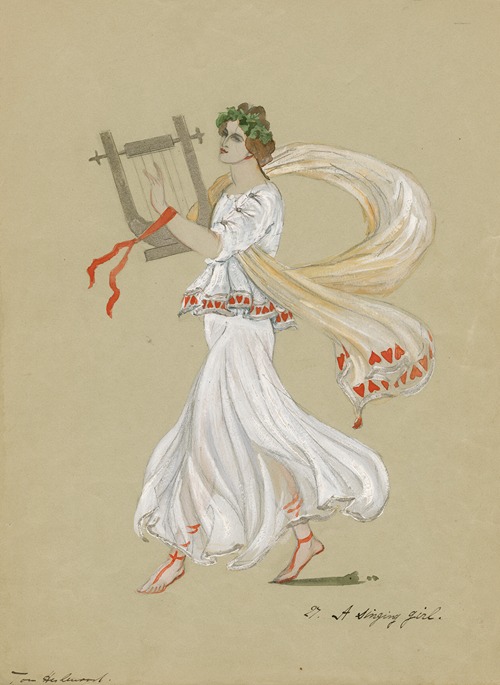
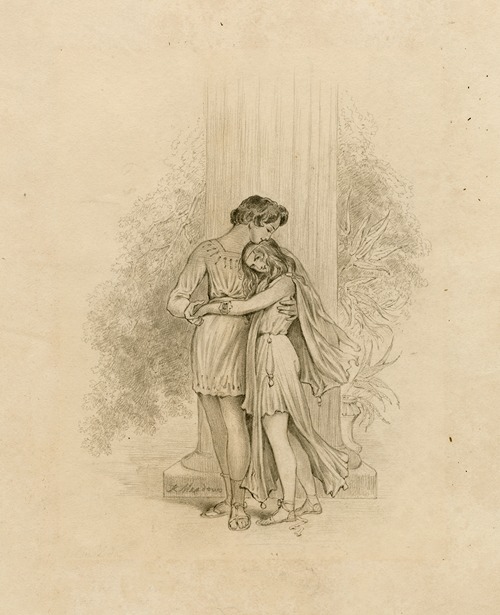
![Norman Forbes as Sir Andrew Aguecheek [in Shakespeare’s] Twelfth night](https://mdl.artvee.com/ft/961186il.jpg)
